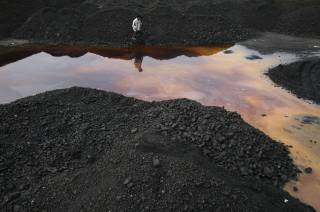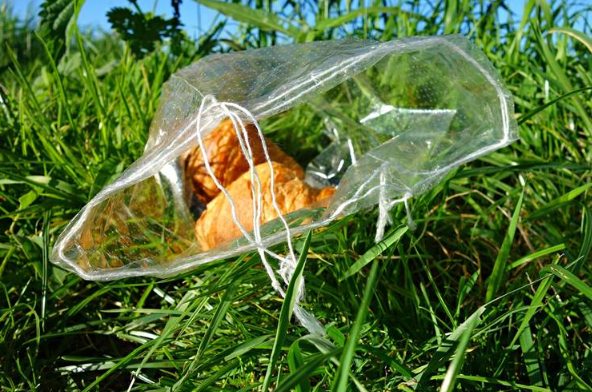Coal mining can have a disastrous impact on the environment, harming forests, wildlife, and water supplies. Workers would just scoop coal out of the earth and into carts in the early days of coal mining. Even though a lot of the work is now done by machines, this development doesn’t limit the impact of coal extraction on the environment.
Strip mining has an advert effect on land resources and contaminate water supplies, the process involves removing all of the top layer of rock and soil in order to reach the coal seam. In areas close to mines, mountaintop removal (MTR), a particularly harmful form of strip mining, has been connected to health issues.
Coal mining, combustion, and waste disposal can all have a negative impact on the environment. Coal is a non-renewable resource that is difficult to clean up once mined. Coal combustion emits harmful pollutants into the atmosphere, contributing to climate change, acid rain, and respiratory problems.

Fig 1. Effect of coal mining
Coal mining can disrupt and damage natural habitats. Mining can strip away vegetation and topsoil, leaving the area vulnerable to erosion. It can also devastate fish and wildlife habitats, contaminate drinking water supplies, and generate massive amounts of waste that must be disposed of responsibly.
In this blog post, we’ll look at the environmental effects of coal mining and what can be done to mitigate them.
The Coal Industry’s Health and Environmental Impact
The coal industry has a number of negative environmental effects, including air pollution, water pollution, and habitat destruction.
Pollution in the Air
Coal mining and combustion emit a variety of airborne pollutants into the environment, which can cause respiratory issues in those who are exposed. Carbon monoxide, sulfur dioxide, nitrogen oxides, and fly ash are examples of air pollutants.
When coal is burned, carbon monoxide is released, which can cause headaches, dizziness, and even death in high concentrations. When coal is burned, sulfur dioxide is also released, which can contribute to acid rain and respiratory problems.
Pollution in the Water
Water pollution can also be caused by coal mining and combustion. Pollutants can be released into groundwater or surface water sources such as rivers and lakes from coal mines, and pollutants can be released into waterways from coal processing plants. These noxious substances these pollutants can include heavy metals, sulfates, and salts.
Heavy metals, sulfates, and salts are examples of pollutants.
Heavy metals can pollute drinking water supplies and accumulate in fish and other aquatic organisms. Sulfates and salts can also pollute waterways and increase the likelihood of algal blooms. This can have a advert effect on the health of those who depends on the water sources for drinking, irrigation, or recreation.




Comments